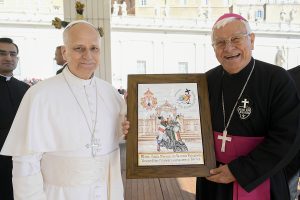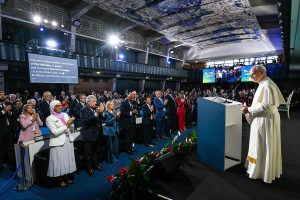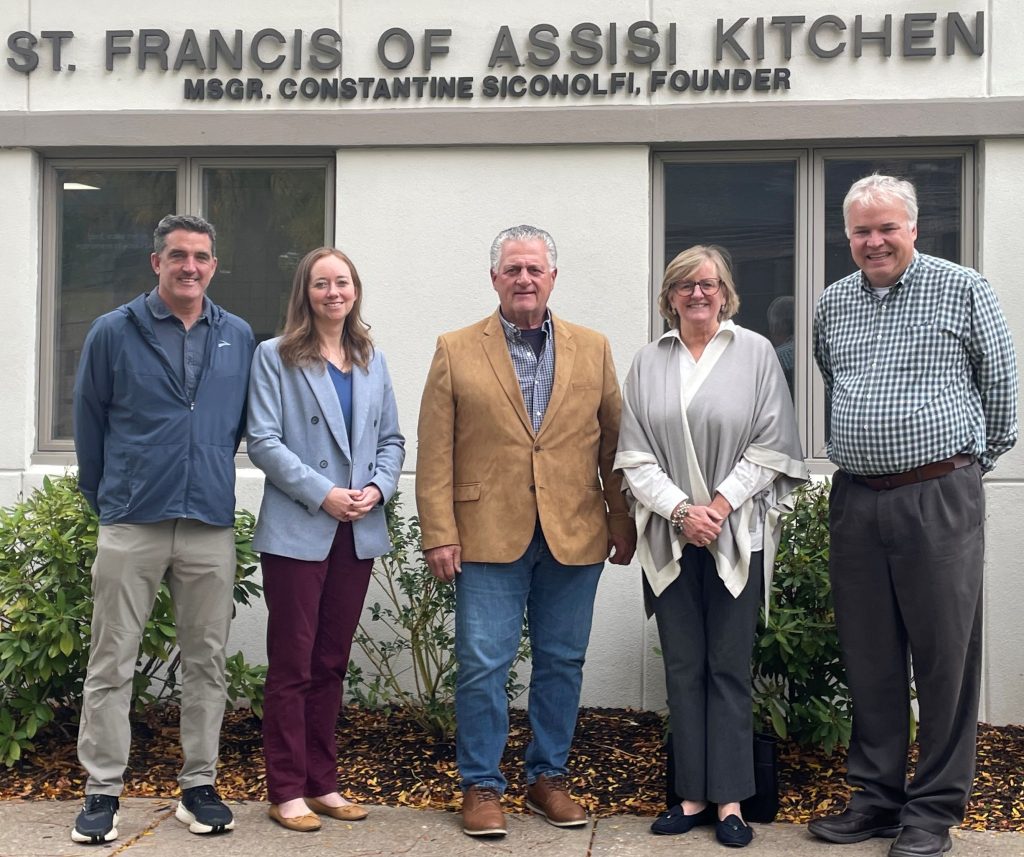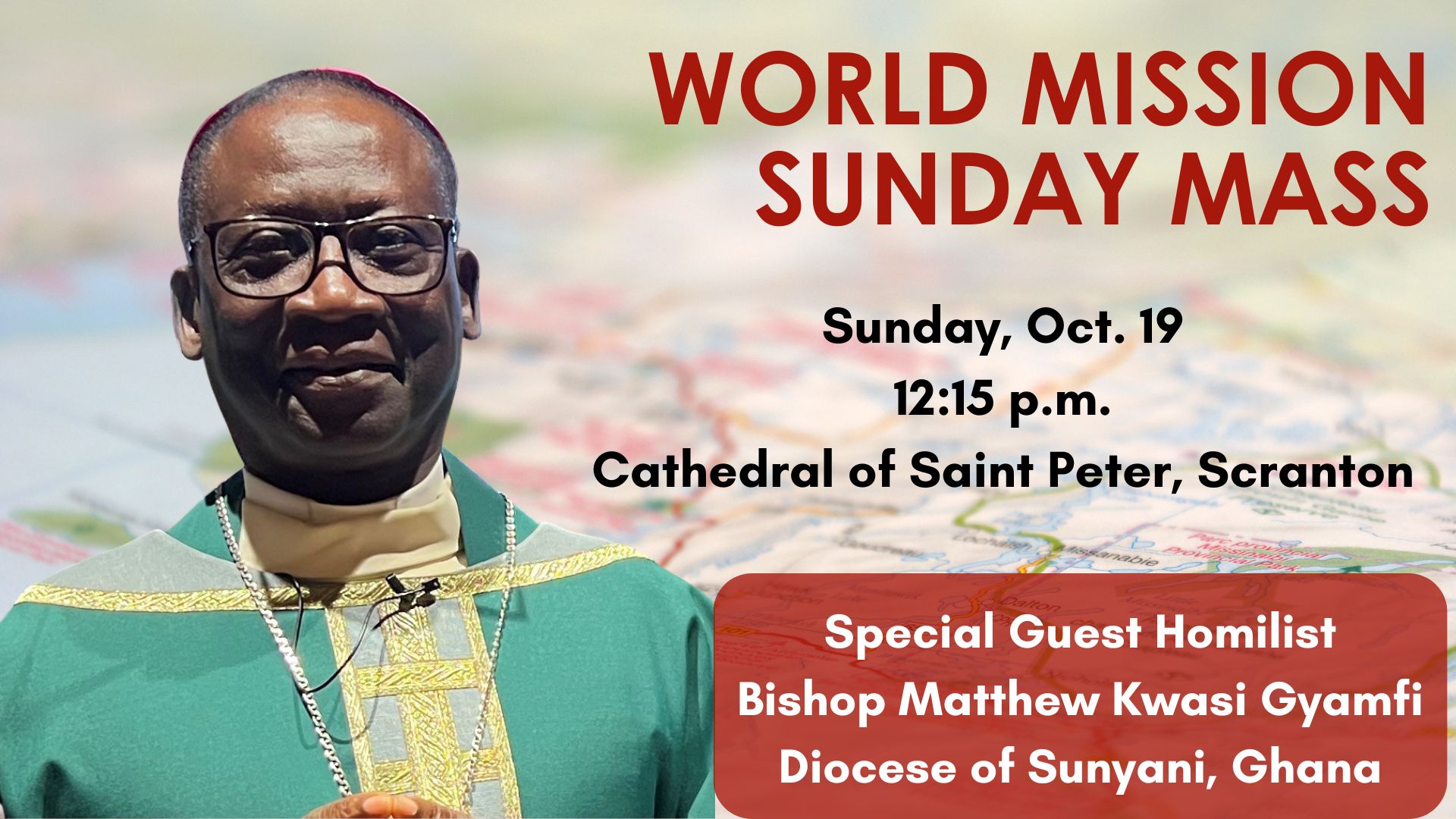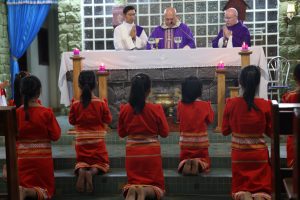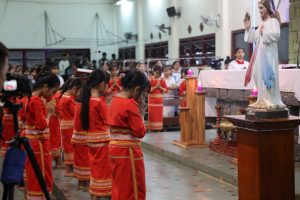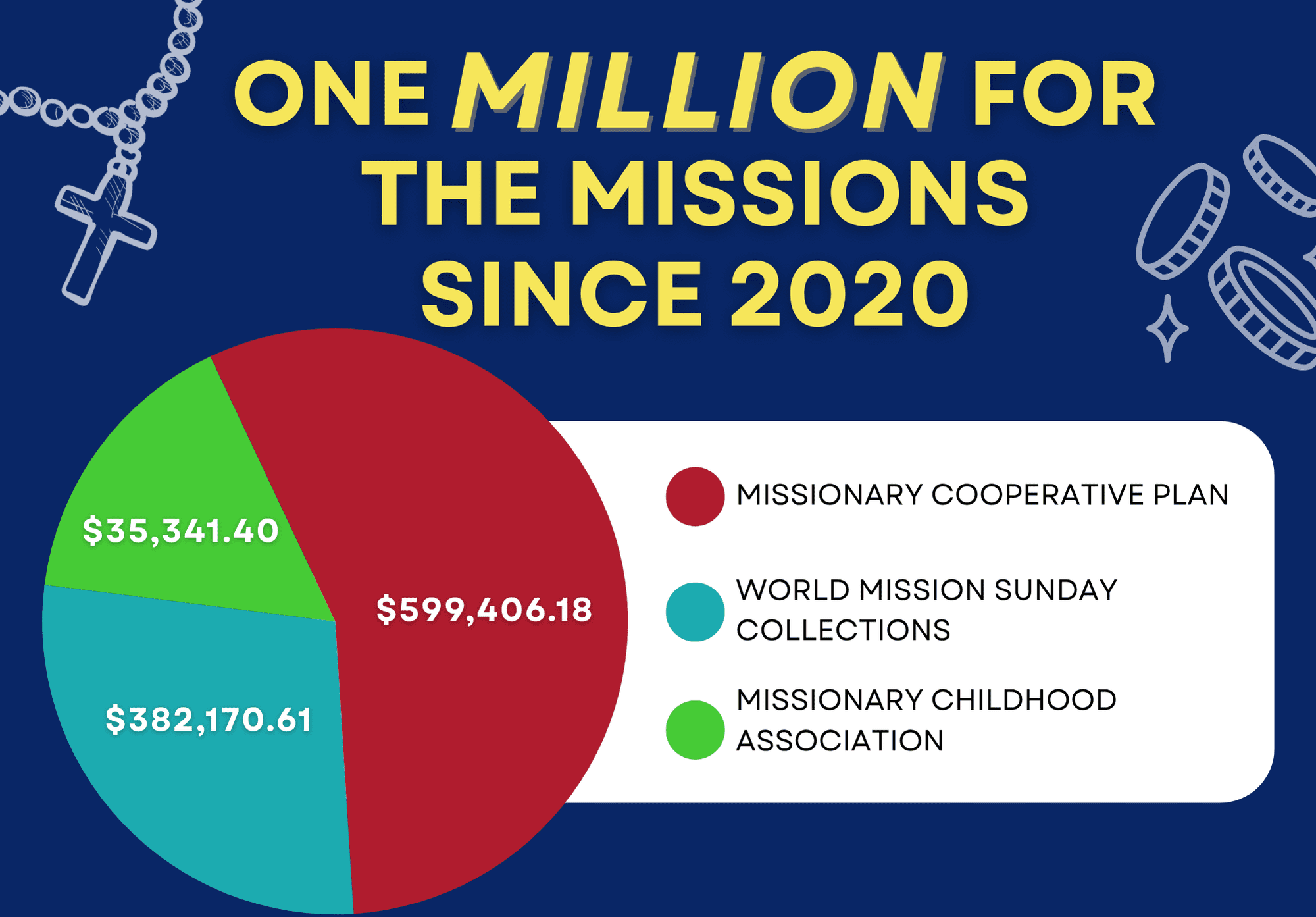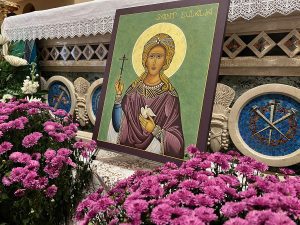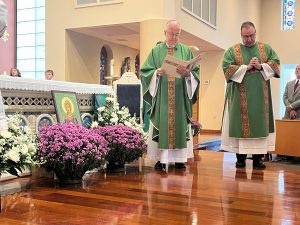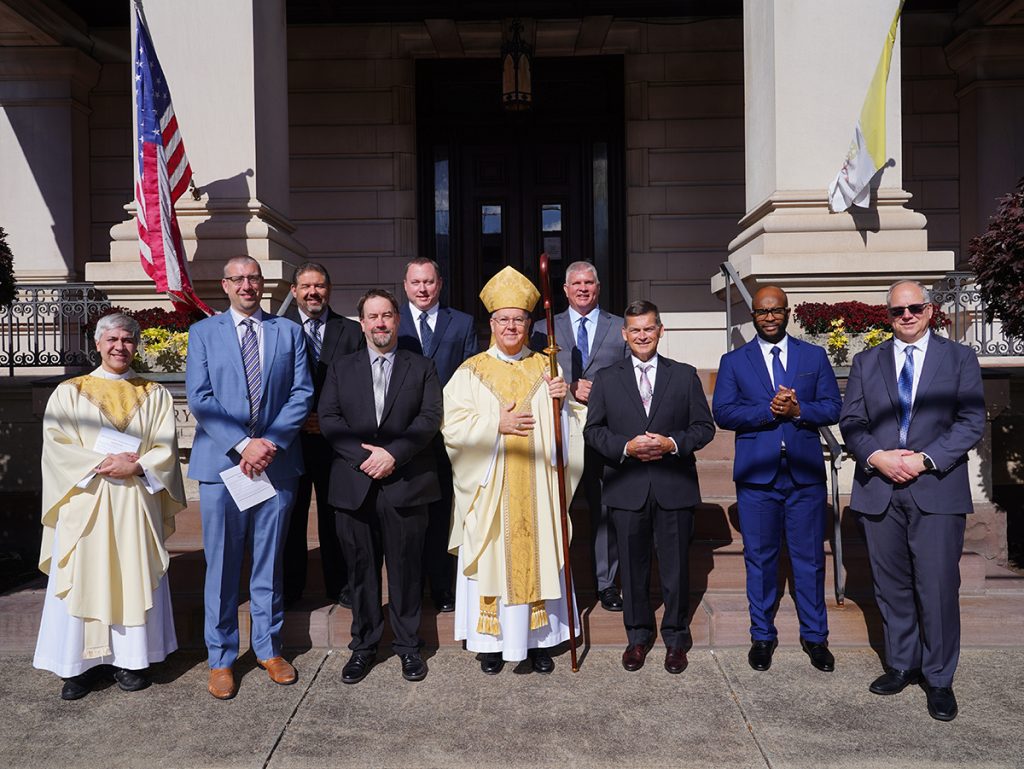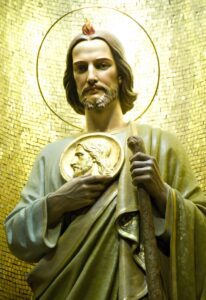VATICAN CITY (CNS) – Pope Leo XIV traveled 23 miles by car to board the “Bel Espoir” sailboat and speak to the crew about peacemaking.
The boat, whose name means “beautiful hope,” had spent the previous eight months sailing to 30 Mediterranean ports where rotating crews of 25 young adults met their peers and talked about their faith and the challenges to peace.
Meeting the last crew Oct. 17 at the marina in Ostia, outside of Rome, Pope Leo told them the world needs “signs, witness, impressions that give hope.”
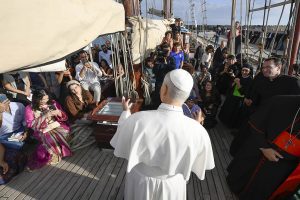
The name of the boat and, even more, the efforts of the young people “are indeed a sign of hope for the Mediterranean and the world,” he told them.
Living and working together on the boat, the pope said, has taught them the importance of dialogue.
“How important it is to learn to talk to one another, to sit down, to learn to listen, to express your own ideas and your own values with respect for one another” so that others also feel they were heard, he said.
Eight groups of 25 young adults from different Mediterranean countries and different religions each spent a month as part of the crew and held roundtable discussions on different themes with young adults in the 30 ports of call.
The experience, the pope said, should have reinforced for them the importance of “building bridges,” not literally, “but a bridge among all of us, peoples from many different nations.”
Pope Leo said he had asked each member of the crew where they were from, which made it obvious that despite big differences in language, faith and culture, the young adults still made life aboard work.
Living on a relatively small boat with a large group of people, he said, “you have to learn how to live with one another and how to respect one another, and how to work out the difficulties, and that too is a great experience for all of you as young people, but (also) something that you can teach all of us.”
Noting that the crew included several Palestinians, Pope Leo told the group that it is especially important to learn “to be promoters of peace in a world that more and more tends to go toward violence and hatred and separation and distance and polarization.”
The young people can show the world that “we can come together, even though we are from different countries, we have different languages, different cultures, different religions, and yet we are all human beings.”
“We all sons and daughters of the one God,” he said. “We are all living together on this world, and we all have a shared responsibility to together care for creation and care for one another and to promote peace throughout the world.”
Pope Leo also told the crew that he had been to Ostia many times as an Augustinian friar because of the port town’s close connection to the story of St. Augustine and, especially, his mother, St. Monica.
In fact, St. Monica died in Ostia in 387 while waiting for St. Augustine to join her for the return journey to North Africa. She was buried there, but her remains were moved to Rome in the 15th century.

